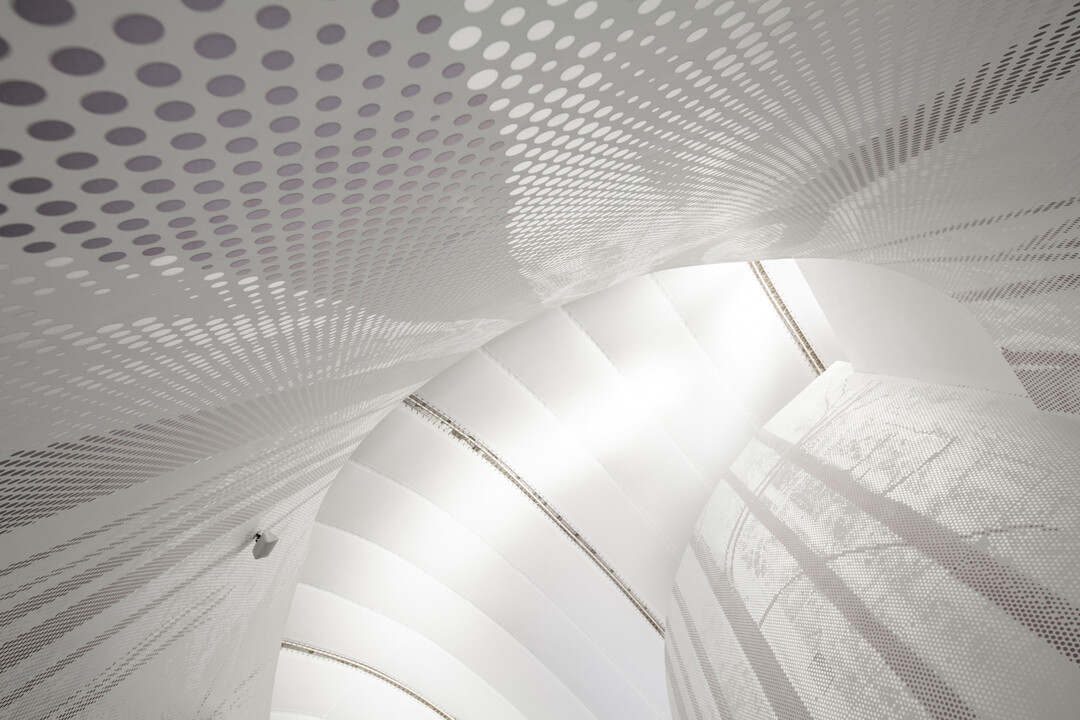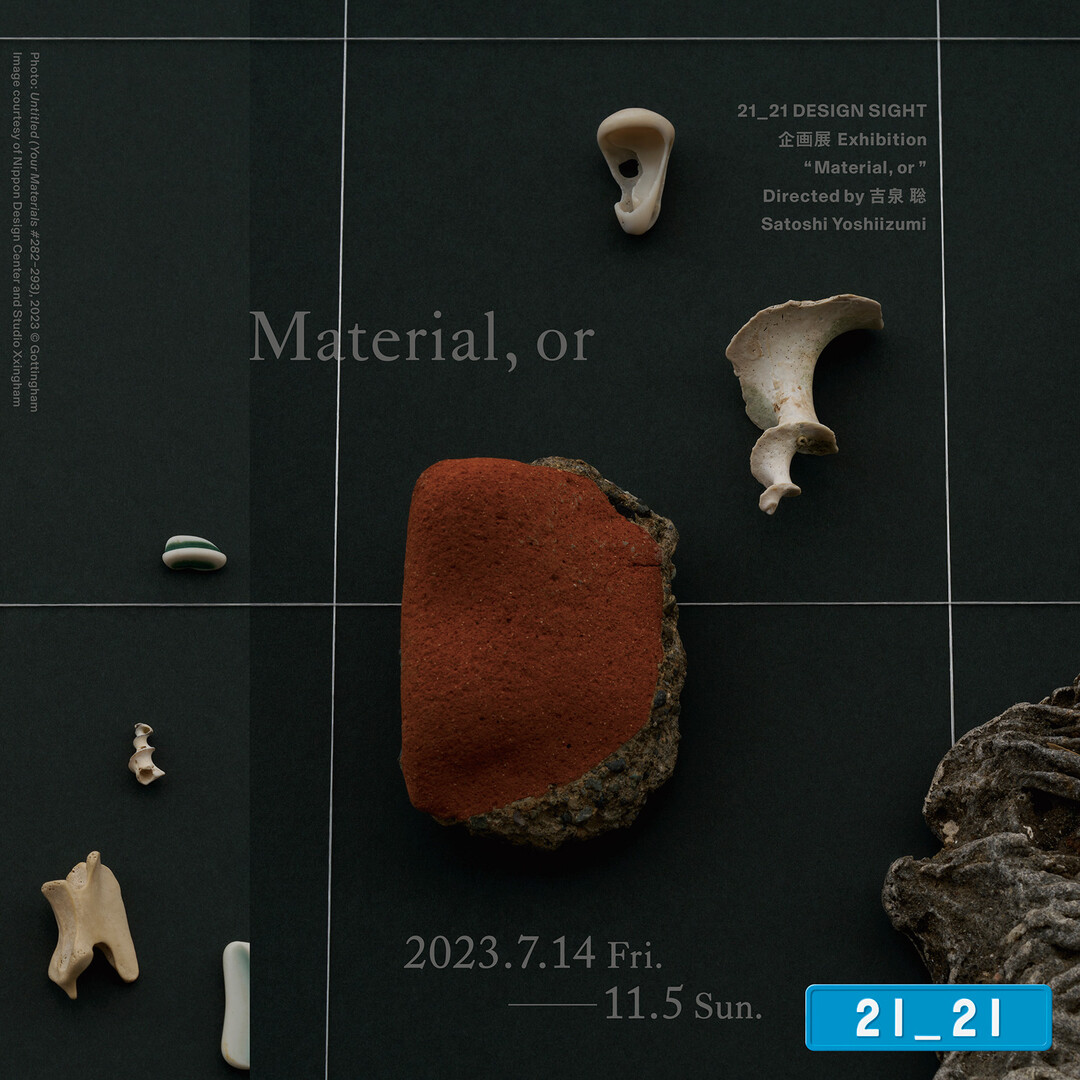
Members Only
Please join as a member and click "Members Only" to read more complete articles and exclusive content.

Please join as a member and click "Members Only" to read more complete articles and exclusive content.

21_21 DESIGN SIGHT於2023年7月14日舉辦“Material, or”展覽開幕。展覽總監吉泉聰(Satoshi Yoshiizumi)以不斷從通過自主研究專案開發的獨特視角展示創新設計而聞名。
展覽總監|吉泉聰
我們在日常生活中遇到大多數物件都是以某種方式設計的。吉泉認為,製造物件的過程包括原材料成為創造媒介的過程。他表示,一種之前沒有特定意義的原始材料,被賦予與物件相關的意義,並透過與人或其他生物的關係成為一種媒介。
當我們思考使用物品的物質存在時,可能會考慮人類如何賦予該媒介意義。換句話說,當我們觀察一個創造的工件時,可能會思考它是由什麼東西製成的。然而,人們很少會想到原始的、未經加工的原始材料。以一張看起來舒適的椅子為例,往往會認為它是由木頭製成的,但很少關心其原始的、生活中的樹木形態。這次展覽提議,設計物品的意義應該來自與原始材料的開放對話。自歷史初期以來,人類就被這些材料所包圍,並通過與這些原始物質的交流創造了某些東西。然而,現代社會的發展方式卻使我們喪失了這一點。今天的大多數人在設計或製造中都沒有任何作用,所以他們與周圍事物的原材料完全脫節。
與原材料的對話當然與控制它們不是一回事。在當今世界,工人決定原材料的形式和功能,將其修改為介質。創作者接管並使用它。但這是正確的事件順序嗎?當代生活方式產生了嚴重的環境危機。我們必須就自然和社會可持續性進行根本性的辯論。我們必須取消對設計和成品的所有優先權,以恢復後面的基本原材料的首要地位。
展覽從三個出發點探索人與原材料的關係。
第一部分著眼於原材料如何適應媒介,以及我們如何藉由這個過程反思賦予意義。思想接管並賦予材料意義,但與此同時,我們的介入導致發現物質本身中潛在的意義。這種關係的歷史可以從社會創造的藝術、手工藝品和設計中辨別出來。
展覽的第二個出發點是感受和思考世界是如何與原材料糾纏在一起的。動植物,甚至我們自己,都是原材料領域的一部分。如果我們把注意力轉移到這些關係上,可能會找到一種方法來恢復失去的相互聯繫。展覽提供了治療可能如何受到影響的線索,將我們與世界重新聯繫起來。我們介紹了人類,非人類行為者和設計對象之間聯繫的研究結果。
第三個出發點採取案例研究的形式。我們提供了與這些材料的人際關係更新的例子。人、動植物都處於共同異質性中,正是在這些條件下,我們將原材料加工成培養基以供使用。這些關係可以是排他性的,也可以是包容性的。倘若每次將原材料拿到手中時都採取這個前提,可能會發現對物體設計的看法和態度產生,根本性的變化。通過各種方法、技術實現處理媒體和與之相關的專案範例,介紹恢復與原材料關係研究的成功案例。
“Material, or ”很高興地感謝藝術人類學家Toshiaki Ishikura與仿生學設計師 Jun Kamei 的慷慨合作。他們的角色是運用文化人類學的視角來梳理人類如何操縱自然。由此,他們確定了如何運用技術和材料科學的最新發展來喚醒我們對原材料的敏感性。
此展旨在重新發現和重新詮釋人與原材料的關係。它追溯了地球上廣闊而無盡的故事。我們為參觀者提供了一個重新思考生活與原材料交織的世界的機會。